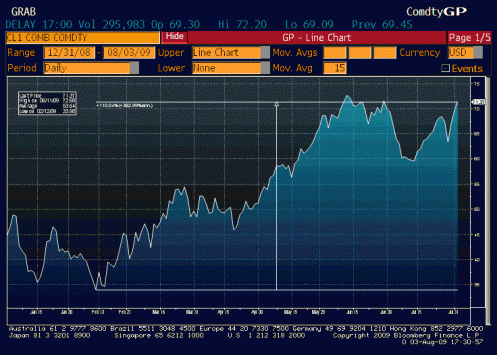
OPEC and allied oil producers including Russia concluded that the crude market re-balanced in April, when their output cuts achieved a key goal of eliminating the global surplus.
The excess in oil inventories, which has weighed on prices for three years, plunged in April to less than the five-year average for stockpiles in developed nations, according to people with knowledge of the data assessed at the meeting of the Joint Technical Committee of OPEC and other producers last week in Jeddah, Saudi Arabia.
The re-balance is sure to be the focus of a tense meeting between OPEC and its partners in the production cuts when they meet in Vienna next month. Top producers Saudi Arabia and Russia announced last week that the suppliers may boost output in the second half of the year. The trouble is, officials from several countries in the agreement, both inside OPEC and outside, said they disapproved of the proposal and saw difficulties in reaching a consensus.
The Joint Technical Committee determined that stockpiles held by developed nations dropped to about 20 million barrels below their five-year average, for a total decrease of about 360 million barrels since the start of 2017, three of the people said, asking not to be identified because the JTC discussions were private. The decline was due to producers’ greater adherence to their pledged output cuts — their compliance rate reached 152 percent in April — and to summer demand for crude and refined products, they said.
Russia and the Saudis are proposing raising production to make up for losses from other members, notably a worsening slump in Venezuelan supply and a potential drop in Iran as renewed U.S. sanctions kick in. Those countries have nothing to gain from looser output caps, and plenty to lose if oil prices extend Friday’s steep decline.
Members of the Organization of Petroleum Exporting Countries and their allies are due to discuss ways to measure the success of the output cuts when they meet in late June. The producers have so far relied on measuring stockpiles in countries of the Organization of Economic Cooperation and Development by looking at the 5-year moving average.
At last week’s meeting in Jeddah, the JTC reviewed other ways to assess oil inventories. One option is to look at a longer-range, a 10-year average from 2004 to 2014, while another is to use the five-year average but exclude data from 2015 and 2016 because those were years of abnormally large stockpiles, the people said.
The International Energy Agency said on May 16 that OPEC and its allies have finally succeeded in clearing a glut, with inventories falling below their five-year average for the first time since 2014. However, Saudi Arabia and Russia have both said the five-year average is flawed. Years of excessive supplies mean that measure is itself higher than normal, while the patchy nature of data outside the OECD makes it difficult to make an accurate assessment of the entire world market.




































